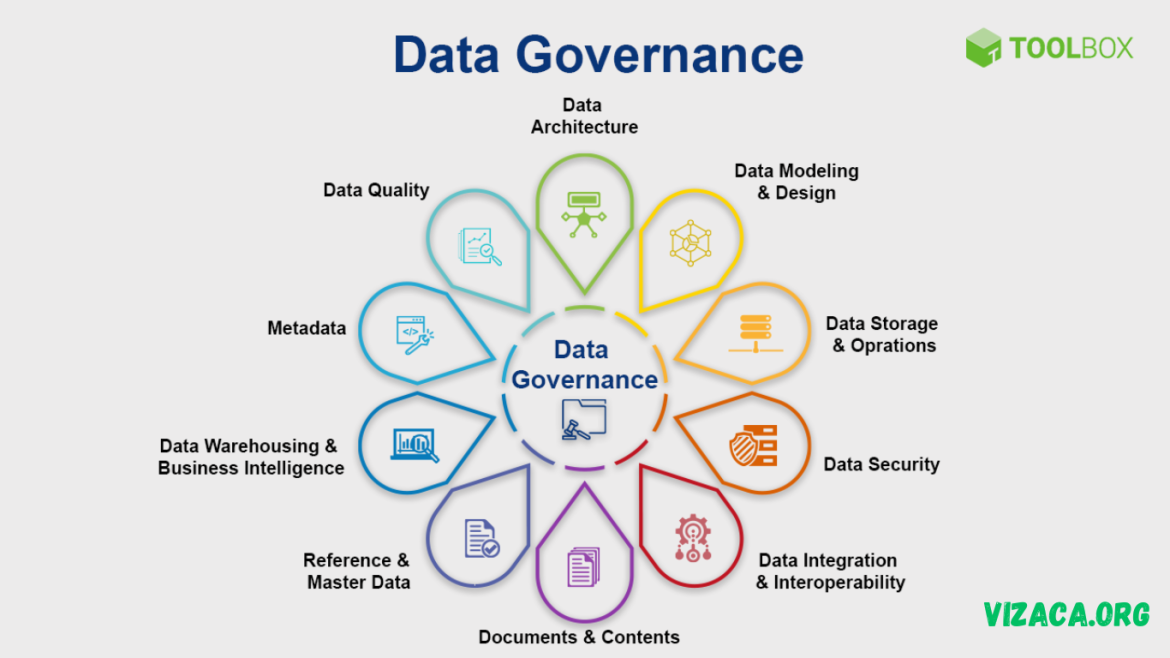You are the manager of a small business that is in the process of expanding its operations. You plan to upgrade your information technology infrastructure as part of this expansion.
As you implement these new systems, you quickly realize that data governance is a critical aspect of any enterprise. Without proper data governance, your business will be at risk of making poor decisions, violating regulations, and jeopardizing its relationships with customers and partners.
Many businesses struggle with data governance because they don’t know how to choose the right tools. The eight tools below are a good starting point, according to Profisee, because they are critical for every kind of business.
Data discovery
Data discovery tools are essential for understanding the data that your organization relies on to make informed business decisions. Data discovery tools allow you to explore your data in order to find insights and trends. They also help you identify data quality issues and compliance risks.
Data profiling
Data profiling is the process of understanding the characteristics of data. Data profiling tools allow you to examine your data to find inconsistencies, errors, and patterns. They also help you identify data quality issues and compliance risks.
A company can use data profiling tools by examining customer data to identify human errors. For example, a company may find that some customers have an unusual number of addresses or phone numbers. Data profiling tools can also help companies identify patterns in their data, such as which products are most popular with specific customer groups.
Entity resolution
Entity resolution identifies and resolves duplicate data by allowing you to find and merge duplicates in your data. They also help you keep track of changes to data over time. If you’re looking at data from multiple sources, entity resolution tools can help ensure that you’re looking at accurate and up-to-date information.
Master data management (MDM)
According to Profisee, MDM tools allow you to create and maintain a master copy of your data and help you distribute updates to ensure that all copies of your data are consistent.
One of the fundamental benefits of MDM is that it can help you reduce data redundancy, preventing quality issues and compliance risks. MDM can also help by ensuring that all decision-makers have access to the same accurate data.
Data quality assessment and improvement
Data quality assessment tools examine your data to identify problems, such as inaccuracies, duplicate data, and missing values. Data quality improvement tools help you fix these problems so that your data is clean and accurate.
Governance, risk, and compliance (GRC)
GRC tools help you manage and enforce policies for data governance, ensuring that your business is compliant with regulations. They also help you assess and mitigate risks to your business.
One example where a company was not compliant with regulations is when Target suffered a data breach. If Target had been using a GRC tool, they might have been able to identify and mitigate the risks associated with their data more efficiently.
Audit and reporting
Audit and reporting tools help you track changes to your data over time. They also help you generate reports to show compliance with regulations or company policies. Audit and reporting tools are essential for any business that needs to keep track of its data.
Change management
Change management tools help you track and manage changes to your data. Following changes can ensure that your data is accurate and up-to-date. Change management tools also help you automate the process of making changes to your data. This can save you time and improve the accuracy of your data.
Final Thoughts
Data governance is a critical aspect of any enterprise. Every business should consider implementing data governance tools to improve its data quality, achieve compliance with regulations, and mitigate risk. Companies should consider their specific needs and objectives when implementing data governance tools, but the eight tools above are a good starting point.

